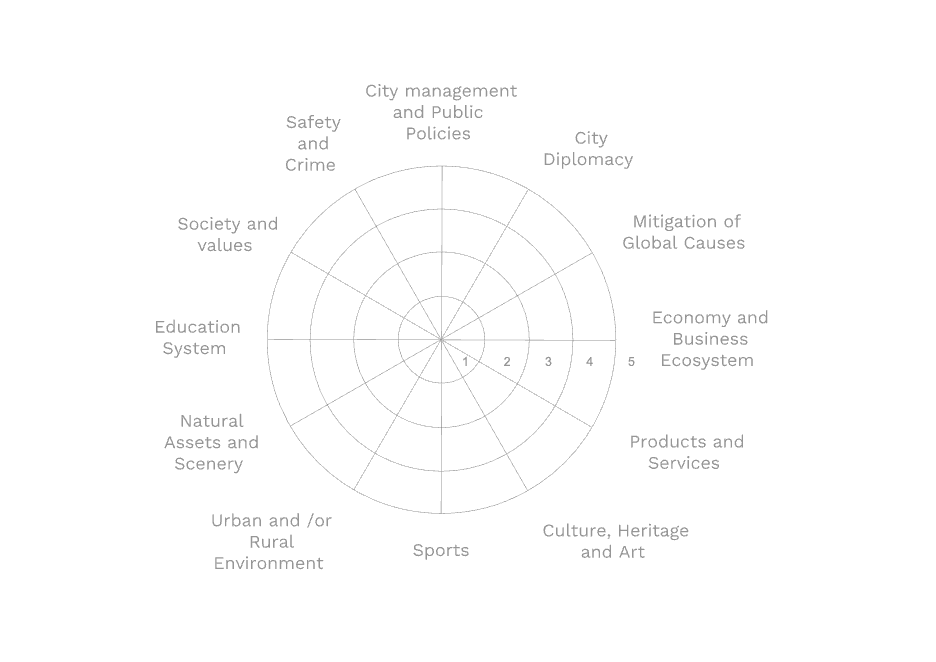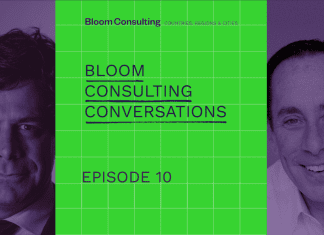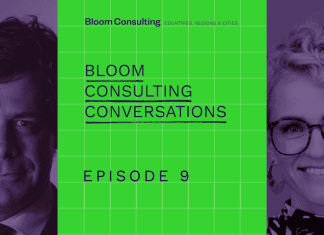In today’s hyperconnected world, perception is power. Countries and cities no longer compete solely through infrastructure or economic indicators; they compete through the clarity of their identity and the strength of their narrative. This is where strategic branding, far beyond visual logos and slogans, becomes a transformative tool for shaping reputation and influencing key drivers of competitiveness. The Bloom Consulting Nation Brand Wheel© illustrates this clearly, showing how strategic branding can directly impact five core objectives – exports, investments, tourism, talent, and prominence – while also resonating with five key audiences through tailored need states.
Many still confuse branding with aesthetics, color pallets, taglines, and logos. While visual identity is part of the story, it is not the story. A truly impactful branding strategy is not decorative; it is directional. It sets a strategic positioning that drives decision – making, stakeholder alignment, and long – term growth. In our work at Bloom Consulting, we constantly emphasize that branding is not about looking good, it’s about being loved.
When a place lacks a clear identity, it sends mixed signals to the world. Investors feel uncertain, tourists remain unconvinced, and local industries struggle to differentiate. On the other hand, a place with a clearly defined strategic positioning sends a unified, compelling message across sectors.
Take Saudi Arabia, for instance. As the country accelerates its transformation under Vision 2030, we’ve seen an increasing awareness that City and Nation Branding is not a marketing function, it is a national strategy. Whether Riyadh positioning itself as a global capital for business and talent, or AlUla framing itself as a living museum, these narratives guide policy, urban planning, infrastructure, and international promotion.
Let’s consider Rome. Ask a global audience to describe its logo, and few will have a clear answer. But ask them what Rome feels like, and you’ll hear words like “history,” “romance,” “art,” and “timeless beauty.” This is the power of emotional identity, and invisible yet highly influential aspect of Place Branding. The brand of Rome lives in the hearts and minds of people, not on billboards.
This applies across the board:
- Tokyo is known for innovation and precision.
- Copenhagen resonates with sustainability and design.
- New York evokes ambition and possibility.
These cities didn’t create their perception overnight or through slogans alone. Their strategic behavior, consistent experiences, and value-driven messaging built those associations over time.
Across the Gulf and the wider Arab region, we are witnessing a pivotal shift in how governments approach development and international engagement. Increasingly, the focus is moving from branding the nation to strategically building and positioning individual cities. This is not merely a branding trend, it reflects a deeper economic reality.
Cities like Riyadh, Dubai, Doha, and Abu Dhabi are no longer just administrative capital; they are becoming global economic players, each with their own identity, value proposition, and strategic goals. Even within the same country, cities are now competing and collaborating to attract investments, talent, tourism, and cultural capital.
This ride in city economies brings with it several strategic advantages:
- Precision in positioning: Cities can craft sharper, more targeted narratives aligned with their specific assets, such as Riyadh’s ambition to be a business and talent hub, or AlUla’s cultural tourism leadership.
- Faster implementation: Cities often move with more agility, allowing for quicker execution of branding strategies and economic reforms.
- Decentralized Soft Power: When multiple cities within a nation project distinct identities, the country gains multidimensional influence globally.
This emerging “City – First” approach aligns perfectly with Bloom Consulting’s methodologies, which advocate for Place Branding strategies that are tailor – made not one – size – fits – all. Bloom Consulting City Brand Taxonomy Model© allows urban leaders to define their strategic identity across multiple dimensions, from governance and exports to tourism and talent.

Image: Bloom Consulting City Brand Taxonomy Model©
Brand Behavior
In the end, branding is not what we say, it’s what we consistently do, and how that is perceived. Cities and countries must move beyond campaign thinking to embrace long – term, strategic branding that aligns with their economic ambitions and cultural truths. The most successful places are those that act as their brand, living the Central Idea they wish the world to associate with them.
As we look to the future of Place Branding in the Middle East and beyond, one thing is clear: it’s time to stop asking, “What’s our logo?” and start asking, “What do we want to be known for, and how will we prove it?”
Published on 19.08.2025.
Cite article: Bloom Consulting (2025). How Strategic Branding Shapes Perception, Investment, and Global Competitiveness. Bloom Consulting Journal, 19 August. Available at: https://www.bloom-consulting.com/journal/strategic-place-branding-cities-nations/








